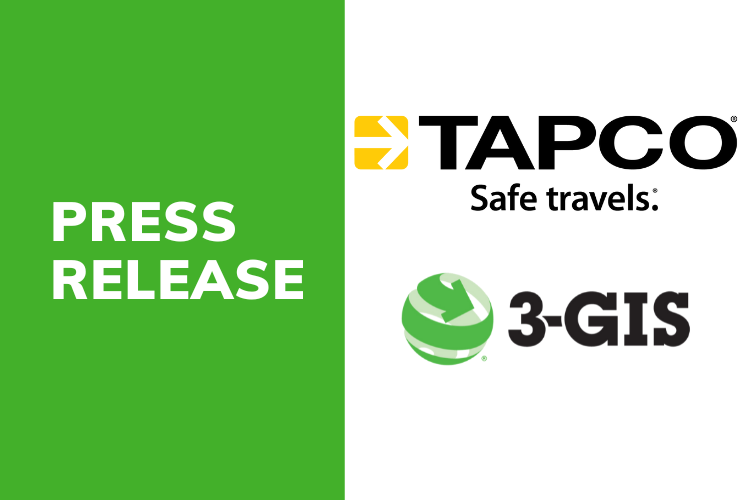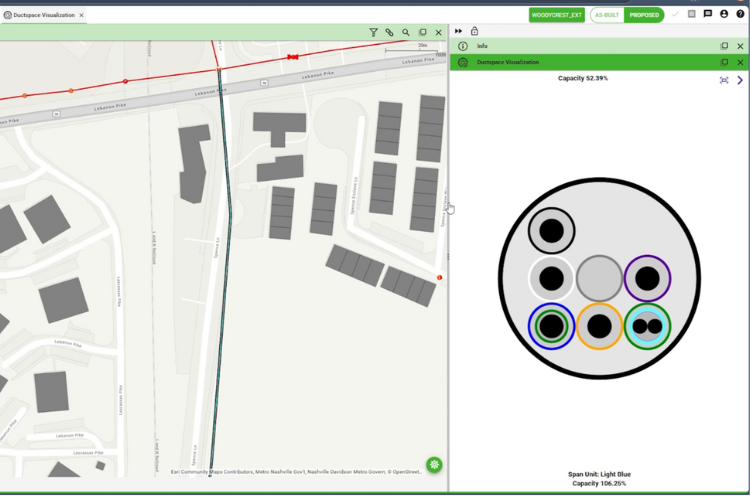If you are thinking of replacing your legacy GIS system with a modern one that supports web and mobile applications, you are on the right track. Over time, many legacy GIS solutions for telecom have become obsolete and outdated, struggling to keep pace with the demands of modern infrastructure management. Today's GIS platforms offer telecom companies enhanced accessibility and real-time data visualization, empowering them to operate more efficiently, make informed decisions, and deliver better customer service. As such, the client server technology of yesterday is no longer adequate for today’s demands, making the move to an updated, web-centric architecture essential. However, in this transition, there are several factors to consider.
One of the most important factors is how the data model of the new system aligns with the data model of the current system. This may seem trivial, but it is a crucial factor that affects how smooth or difficult the transition will be. The data model serves as the backbone of the system, dictating how information is structured, organized, and accessed. When the data model of the new system seamlessly integrates with that of the old one, it facilitates a smoother transition, minimizing disruptions, and expediting the adoption process. Conversely, discrepancies or incongruences between the two data models can lead to compatibility issues or the need for extensive reconfiguration.
Data migration is inevitable regardless of the system you choose. However, before moving forward, consider these key questions: do you wish to burden your users with a steep learning curve or to jeopardize the loss of invaluable data accumulated and meticulously maintained over the years? This dilemma underscores the importance of selecting a system that closely mirrors the data model of your existing infrastructure; or, at the very least, partnering with a vendor with extensive experience migrating and converting similar data.
I recently took part in a migration project where I witnessed how having a compatible data model with the same data types, data definitions (layers and attributes), etc. made the migration process more efficient and faster, and made it easier overall for the end users to adopt the new system. From the user perspective, a SPAN is still a SPAN in the new system, a FROM or TO STRUCTURE is still a FROM or TO STRUCTURE, and MEASURED LENGTH and CALCULATED LENGTH of a cable remain MEASURED LENGTH and CALCULATED LENGTH in the new system.
The likelihood of success in both system migration and user acceptance significantly increases when the data models of the outgoing and new systems closely align. By alleviating concerns related to data model disparities, organizations can redirect focus and resources towards other critical aspects of the transformation journey, including strategic planning, stakeholder engagement, and operational readiness. This leaves one less thing to worry about in your transformation journey – think about it!



